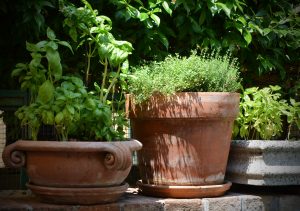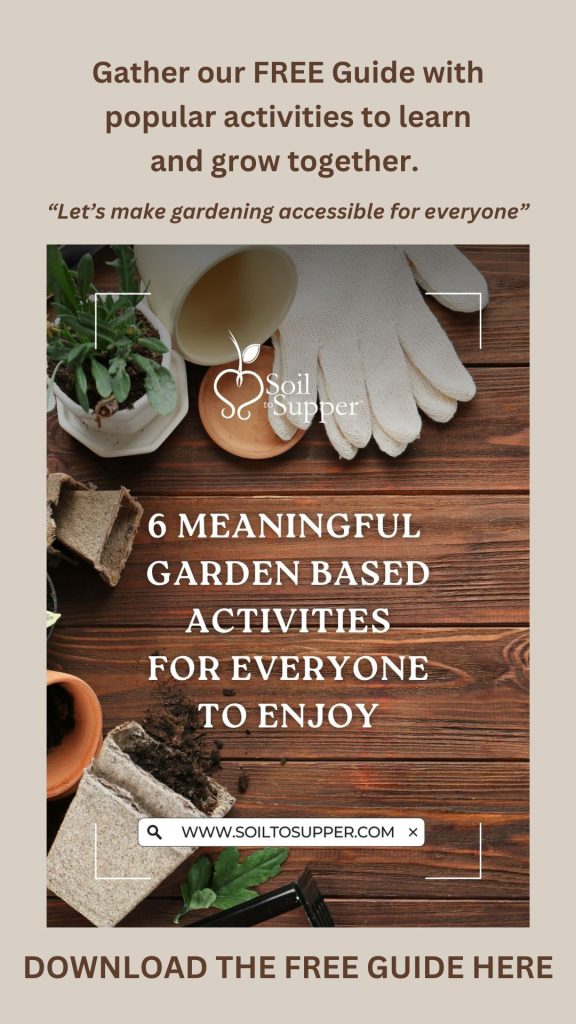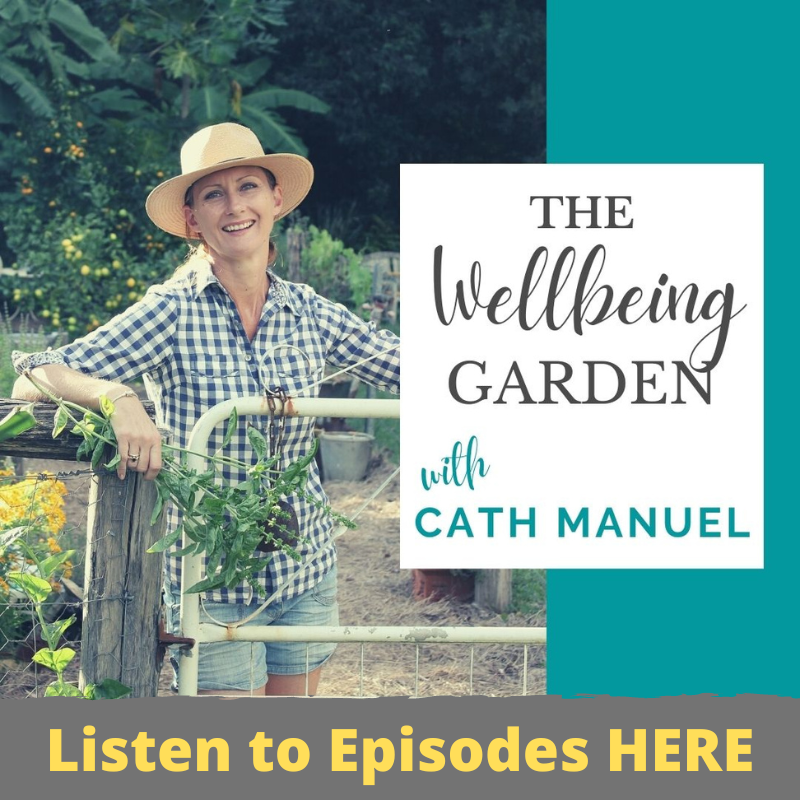Wondering why your garden soil is drying out?
This is one of the most common problem for gardeners and usually leads to other garden issues, like plants dying, not fruiting or pest and disease problems.
To understand why this is a major problem for your garden and the plants you’re growing, first I’ll explain how garden soil dries out…
After a long dry period the earth becomes dehydrated.
From dry weather or lack of watering, if soil is dead and lacks important organic ingredients it will actually repel water, rather than it soaking in when it rains or water is applied.
This is known as ‘Hydrophobic Soil’.
Here’s a small garden that’s slightly sheltered from the rain.
After a few months of hot weather and minimal water the soil is in very poor condition and won’t absorb any of the water applied.
The main particles in healthy soil are decomposed organic/natural ingredients and living organisms.
The more natural ingredients in the soil, the better moisture retention and healthier soil.
Follow these simple steps to bring life back to dry dead soil…
Gather a few of these ingredients (you won’t need all of them so use ingredients that you can easily collect);
- Compost – THE best form of organic matter. Compost is decomposing items that were once living. Eg fruit and veggie scraps. Follow simple steps to my easy ‘In-Garden’ Composting Method this link - Do you know how to compost?
- Mushroom Compost – helps to retain moisture while breaking down in the soil.
- Old animal manure – find bags of horse, cow or sheep manure locally and allow to break down in a pile for a few weeks before adding to garden, or purchase bags of aged or rotted manure at your local garden centre or hardware store and apply to soil.
- Garden and lawn clippings – both great to enrich your soil. Make sure there’s no weed seeds included in lawn clippings, as they’ll sprout in your garden. Green and brown lawn clippings are both useful.
- Mulch – Cane, hay or other mulched plant matter helps to improve soil and retain moisture during dry times.
- Coir peat – a sustainable resource from coconut fibre. This retains moisture in garden soil and potting mix.

- Worm castings and liquid – great to have a home worm farm. Add worm poo and worm wee to your soil and to potting mix. Learn more about Worm Farms HERE
- Others include Blood & bone (one of my faves), organic slow release fertiliser pellets and organic liquid plant fertilisers.
Follow this method –
- remove any mulch and weeds from the soil.
- gently dig into the soil with a garden fork. Don’t turn the soil over, just push the fork into the ground to loosen up.
- apply a deep watering to the dry soil before applying ingredients. This will help to retain moisture in the lower levels of soil.
- sprinkle blood & bone or organic fertiliser pellets (as per application rate on bag).
- apply a 5-10 cm layer of chopped garden clippings or a thin layer (about 2-5 cm) fresh green lawn clippings.
- apply 5-10 cm layer of compost, rotted manure or mushroom compost.
- cover with a 5 cm layer of cane mulch or hay.

- wet all ingredients with a soak of water or apply diluted worm liquid or organic liquid fertiliser with a watering can.
Get your hands in the mix (gloves on) to ensure everything is damp. If not, water again.
Allow the ingredients to ‘rest’ for approx. 2-3 weeks. Checking moisture levels weekly and apply water to keep it all damp.
Once the soil is healthy again and worms and other critters are visible then the garden area can be planted.
TIP – if you have existing plants growing, but need to improve the soil, apply the ingredients over the soil around plants (and out to the drip line of trees) ensuring ingredients are 5cm away from stems or main trunk.
Another method for improving soil in garden beds or large plots is with a green manure crop, also known as cover crop. Find information on apply a green manure crop to improve soil HERE.
A similar situation occurs with potting mix in pot plants that have dried out and are unable to absorb moisture.
I suggest soaking the pot plant in a bucket full of water, with added liquid fertiliser, for about 20 – 30 minutes. If you notice a lot of bubbles coming to the surface it means it’s a very dry pot plant!
You can re-pot with a blend of the old mix and fresh potting mix to help plants retain moisture.
I hope this helps to improve dry soil in your garden.
If you have any questions then head to our Soil to Supper Facebook Club and post questions or garden problems you have. I’m there each day to support you!
Looking for guidance in your garden?
Here’s three ways I can support you now!
- You’ll find information on many gardening topics, plus steps to grow your plants through our articles and podcasts. Have a look at topics here…
- Ask a Question in our Free Facebook Club. It’s also a great place to connect with other gardeners and share your gardening wins.
- Register for my FREE Course and gather simple ways to grow delicious healthy food to enhance health and nourish your mind, body and soul.
Head over to Learn Online and find the free course and other self-paced courses to learn and grow in your garden! Click here…
Helping you learn, grow and thrive.
Enjoy this article?? Share with your family and friends. Find the share buttons below!
© cath manuel 11 february 2015






